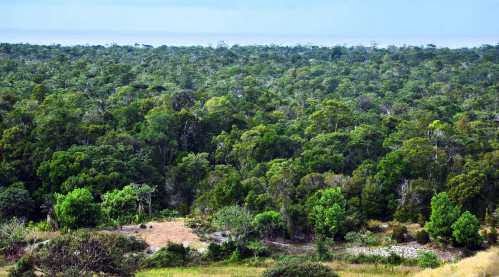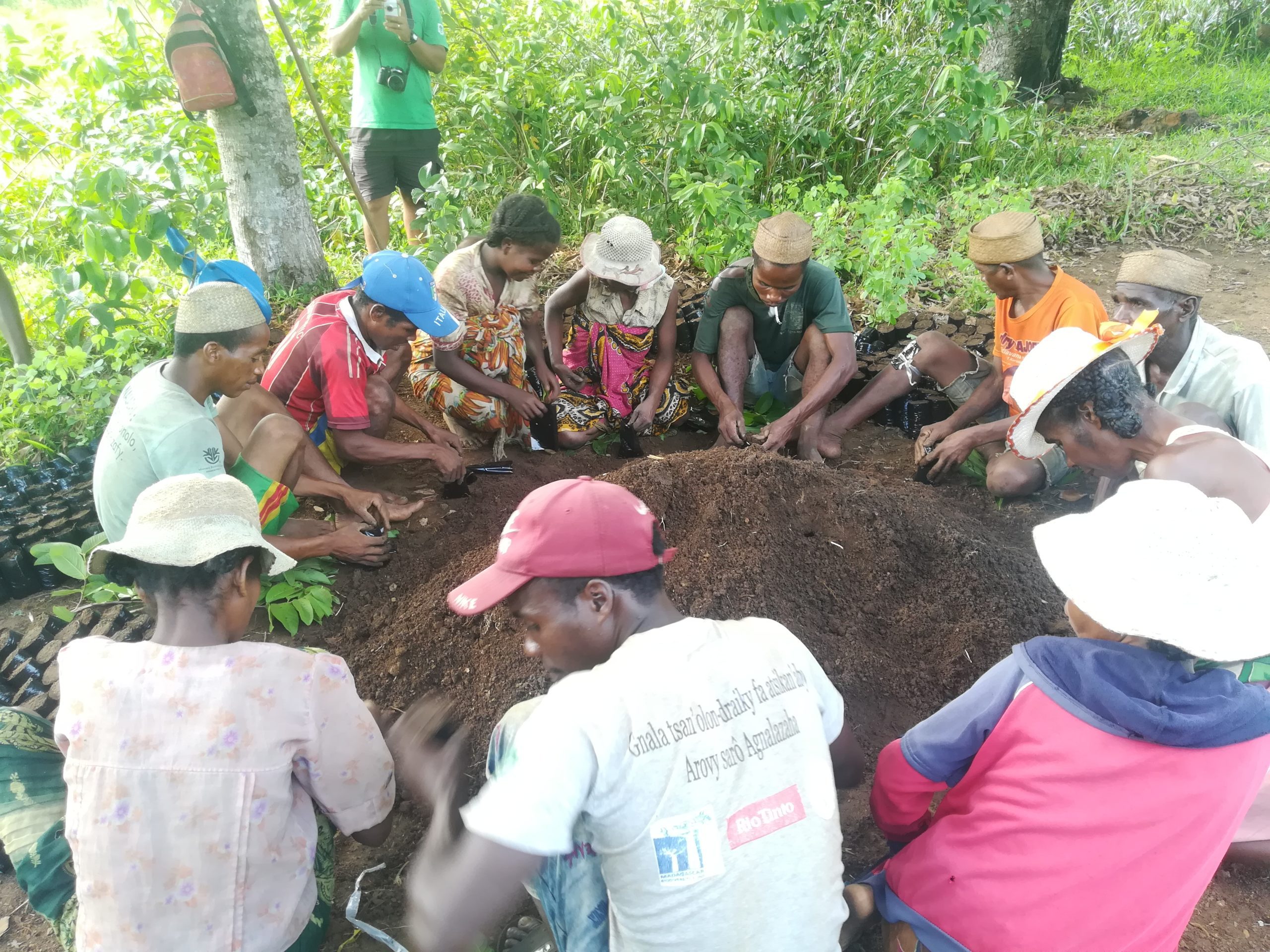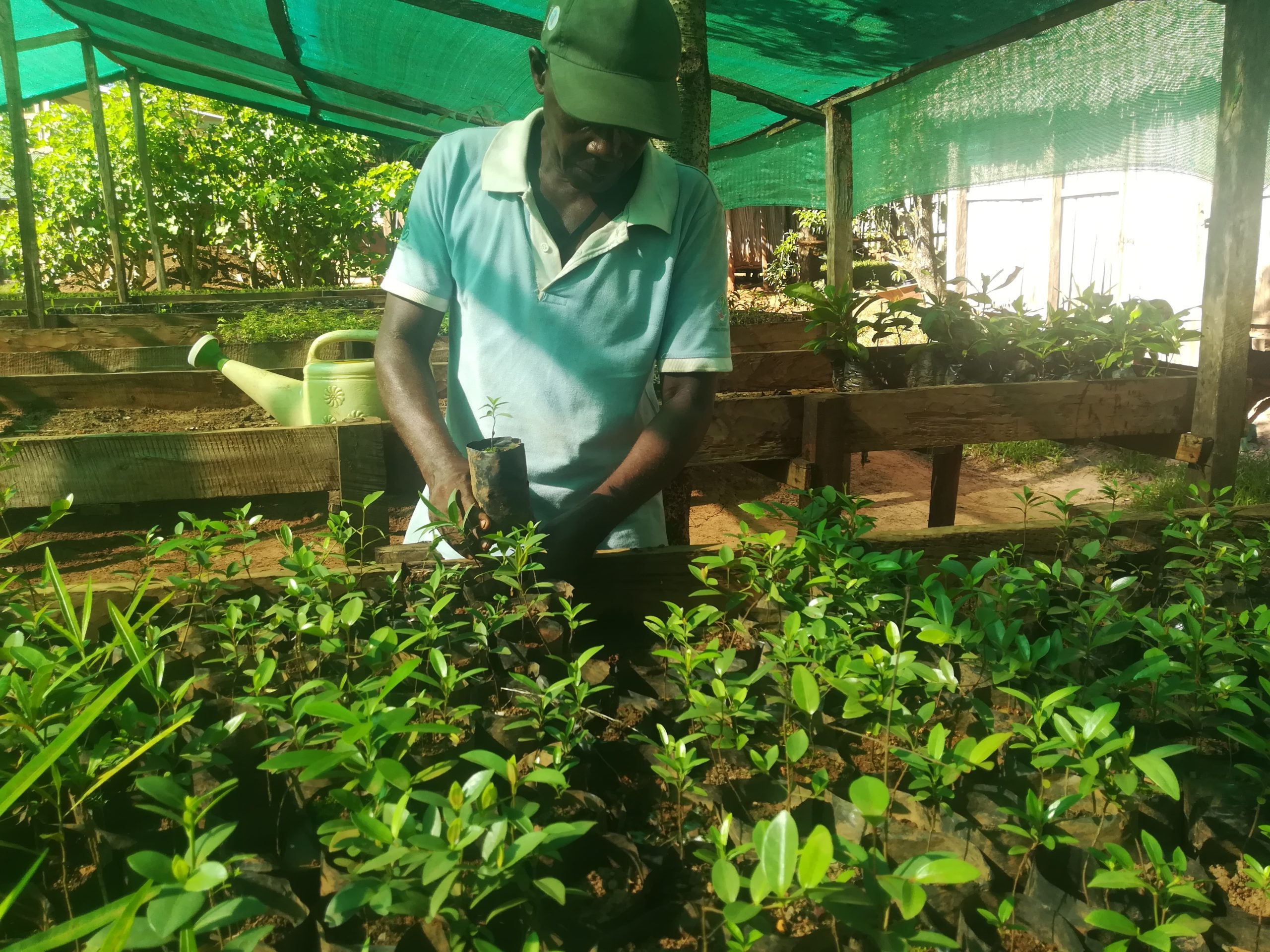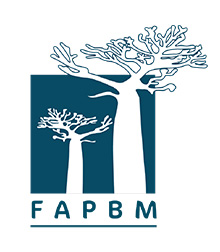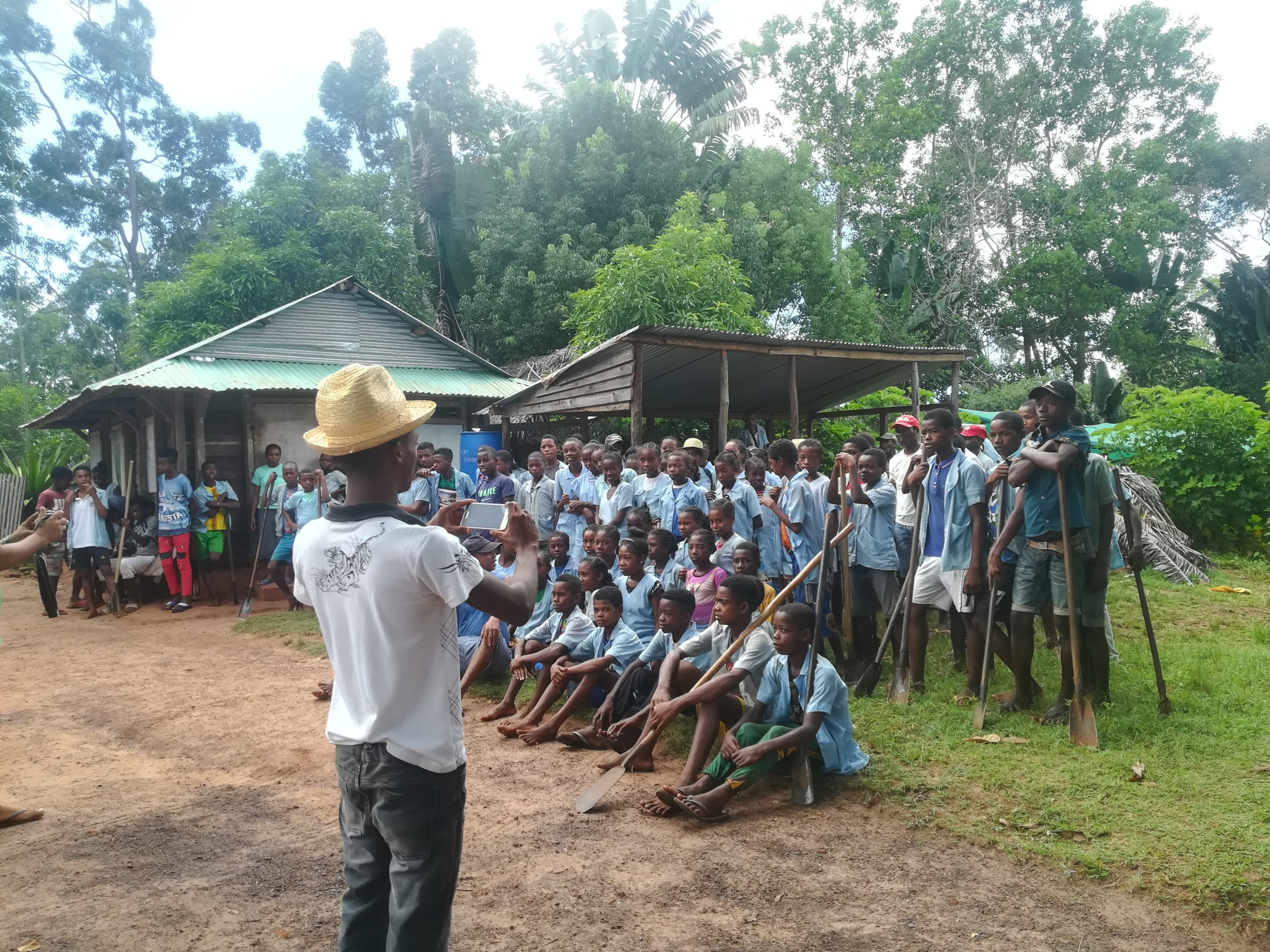Launch of the first Offset program
FAPBM manages an offset program (offset) with QIT Madagascar Minerals (QMM), a Rio Tinto mining group subsidiary. QMM has decided to assign to FAPBM the financial management and monitoring of its offset program in Agnalazaha, a new protected area managed by the Missouri Botanical Garden (MBG). An agreement was entered into between FAPBM and QMM in February 2019. The offset program will last three (3) years. The project total amount stands at USD 300,000.
Through an offset fund, QMM voluntarily finances the Agnalazaha protected area to compensate for the residual negative impacts of their projects after avoidance and mitigation measures have been taken. FAPBM, as financial manager, is in charge of monitoring the impacts.
